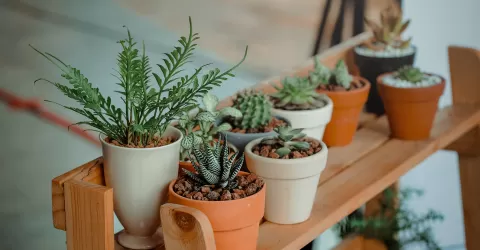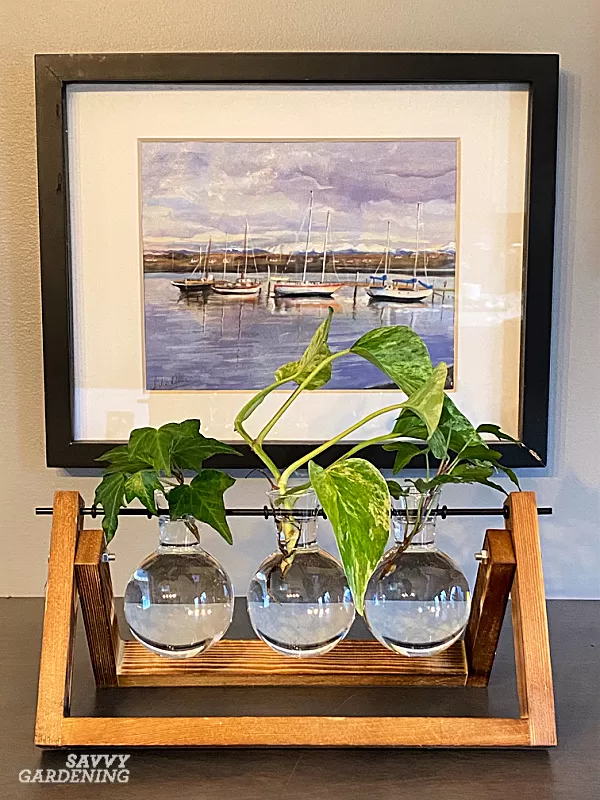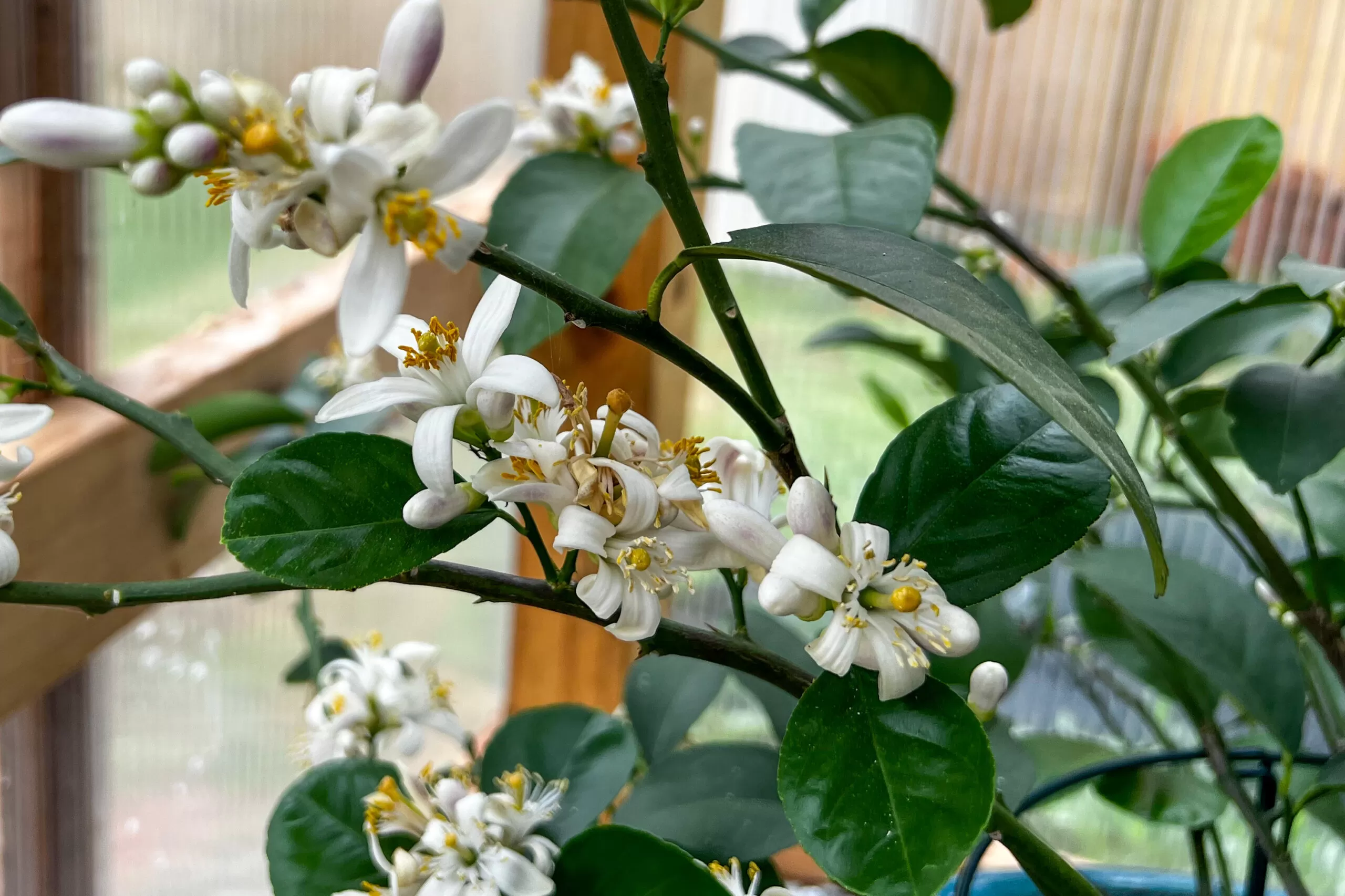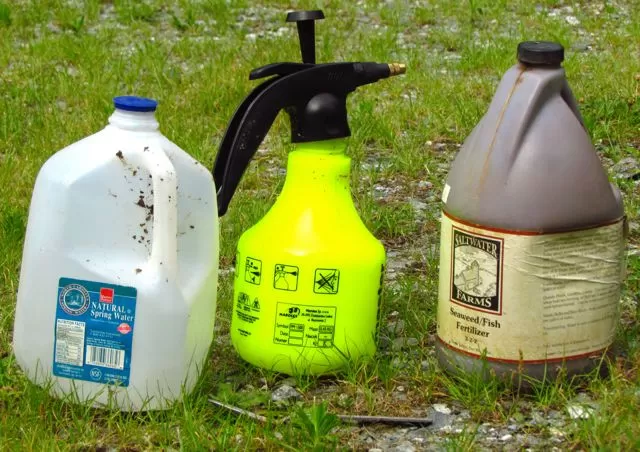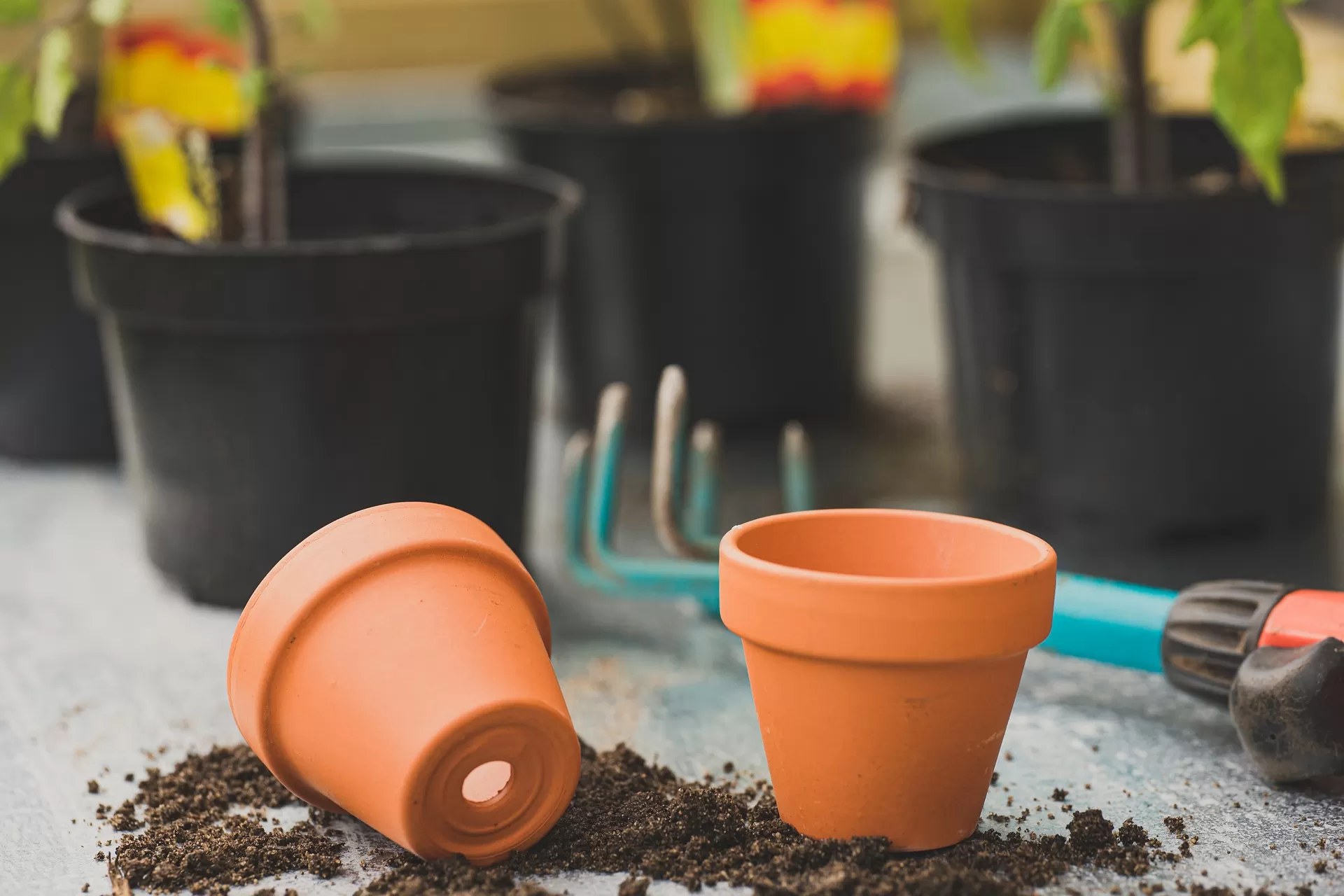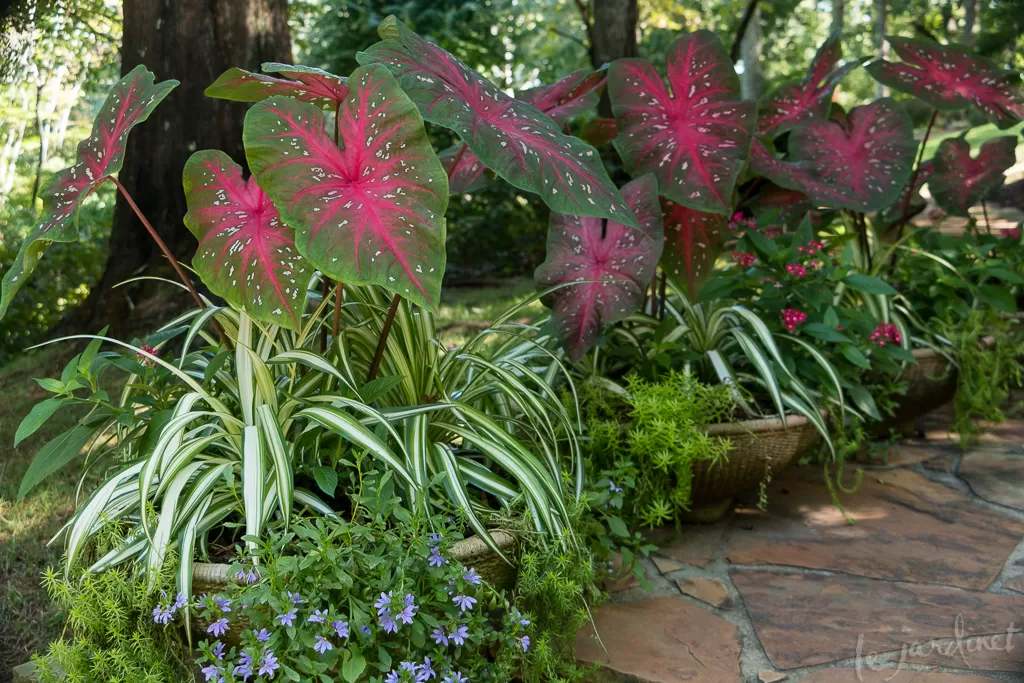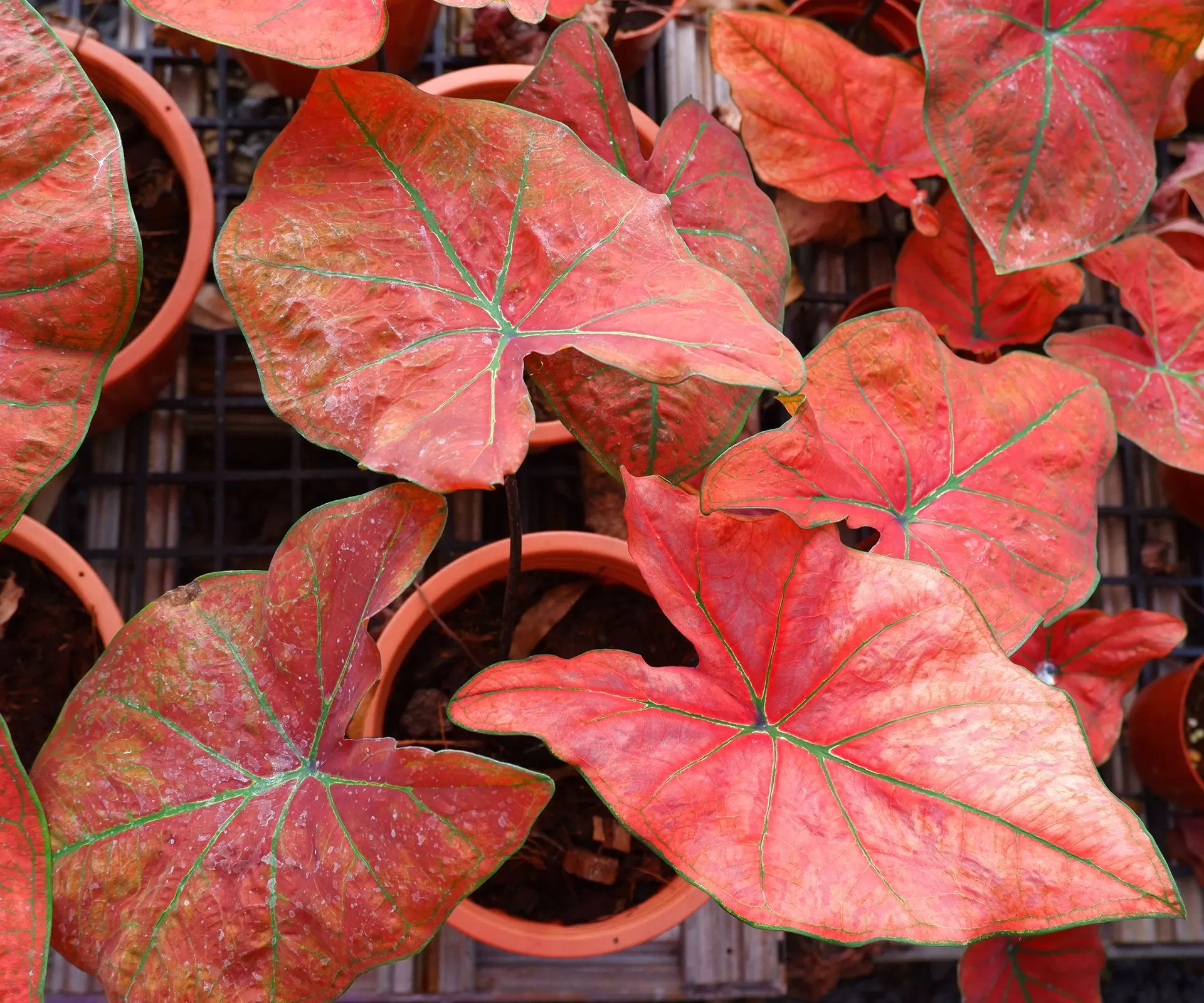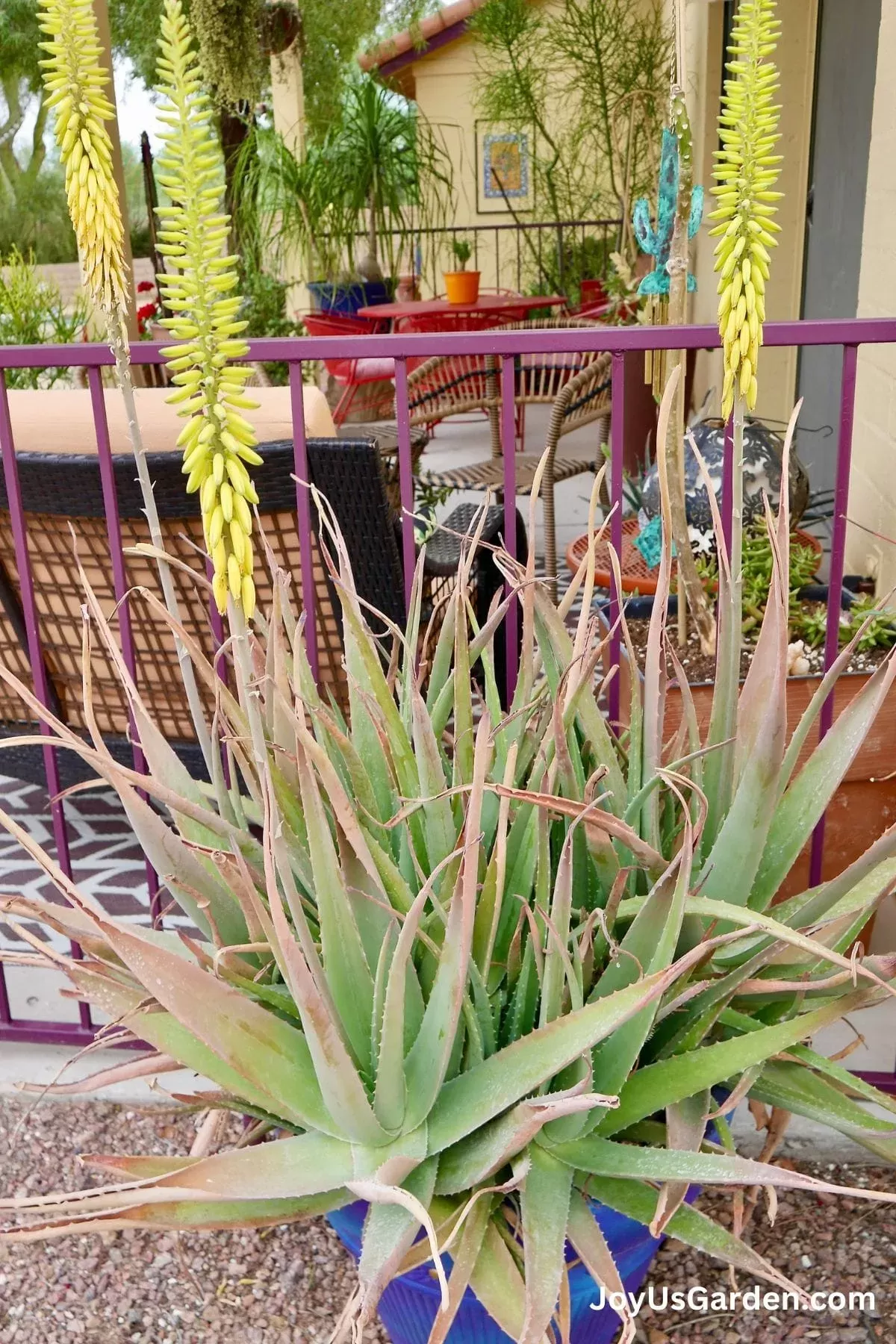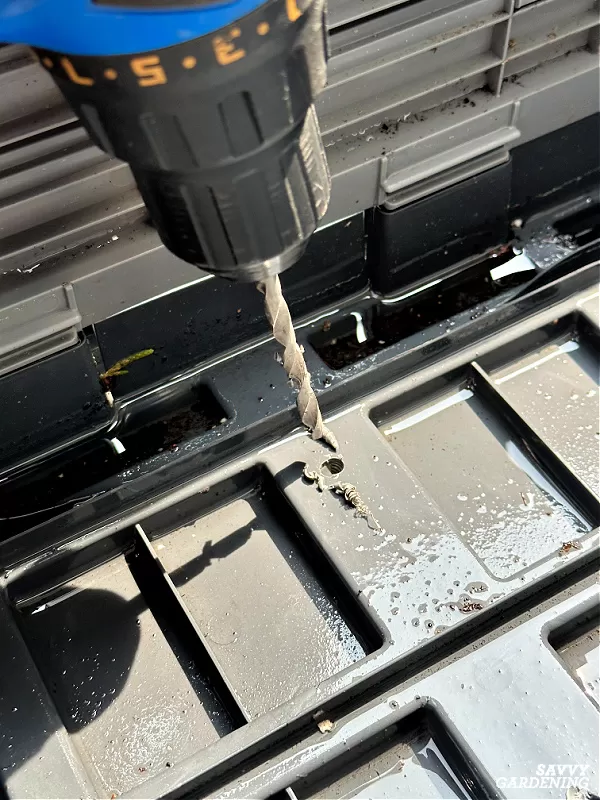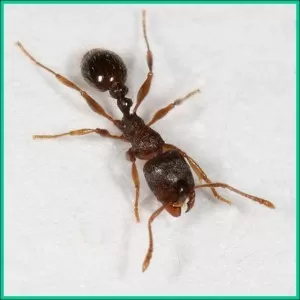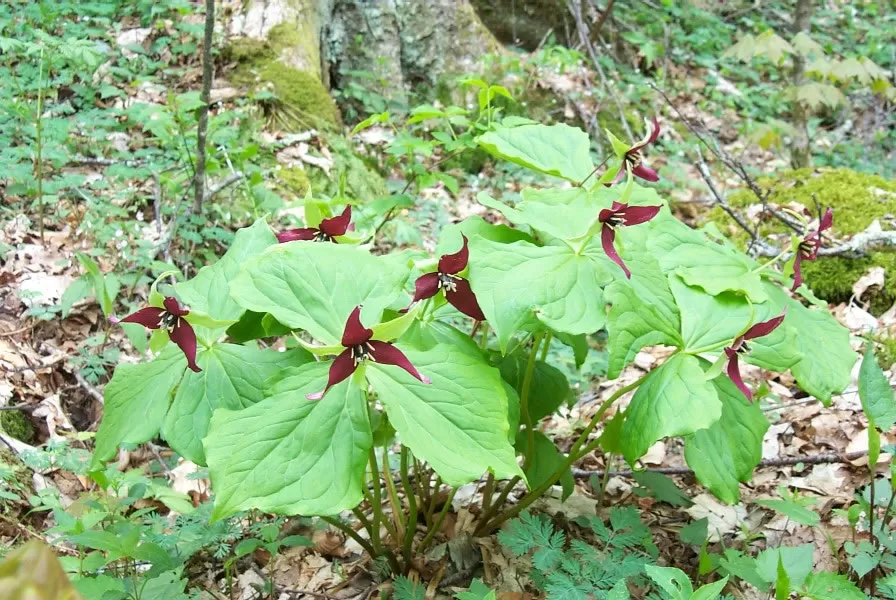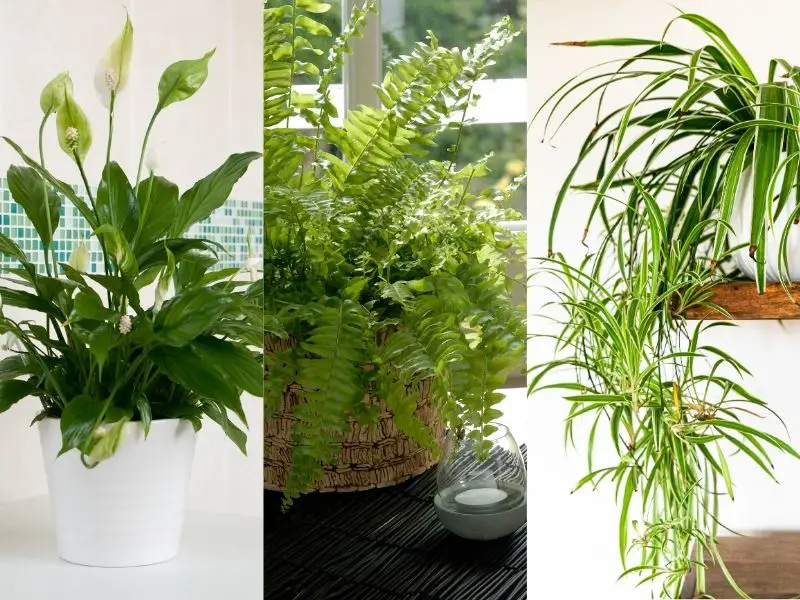- Orchids require specific care for watering, light, soil, and temperature
- Different orchid types have varying needs, but most prefer indirect light and well-draining soil
- Proper watering is crucial – allow the potting medium to dry slightly between waterings
- Repotting every 2-3 years promotes optimal growth
- Post-bloom care is essential for maintaining plant health and encouraging future blooms
Orchids, with their captivating blooms and elegant appearance, have long been a favorite among indoor plant enthusiasts. However, many newcomers to orchid care find themselves puzzled by the unique needs of these beautiful plants. Fear not! This comprehensive guide will walk you through everything you need to know about caring for orchids indoors, from watering techniques to light requirements and beyond.
Contents
Understanding Orchids
Orchids are a diverse family of plants, boasting over 25,000 species worldwide. These fascinating flowers have adapted to grow in various habitats, from tropical rainforests to temperate woodlands. Their ability to thrive in different environments makes them excellent candidates for indoor cultivation, provided their specific needs are met.
Popular Orchid Types for Beginners
For those just starting their orchid journey, some varieties are more forgiving than others. Two popular choices for beginners are:
- Phalaenopsis (Moth Orchids): Known for their long-lasting blooms and adaptability to indoor conditions.
- Dendrobium Orchids: Prized for their colorful flowers and relatively easy care requirements.
These varieties are well-suited to indoor environments and can tolerate slight variations in care, making them perfect for novice orchid enthusiasts.
 orchids in pot, best pots for orchid
orchids in pot, best pots for orchid
Phalaenopsis orchids thriving in a well-chosen pot
Essential Orchid Care Tips
Watering Your Orchid
One of the most crucial aspects of orchid care is proper watering. Overwatering is a common mistake that can lead to root rot and other issues. Here’s how to get it right:
- Allow the potting medium to dry slightly between waterings
- Use room temperature water to avoid shocking the roots
- Water in the morning to allow excess moisture to evaporate during the day
- Adjust watering frequency based on your home’s humidity and temperature
Remember, it’s better to underwater slightly than to overwater your orchid. When in doubt, wait an extra day before watering.
Choosing the Right Soil
Contrary to popular belief, orchids don’t grow in traditional soil. As epiphytes, they naturally grow on trees or rocks, absorbing nutrients and moisture from the air and rain. For indoor cultivation, orchids require a special potting mix that mimics their natural growing conditions:
- Use a well-draining orchid mix composed of materials like bark, perlite, and sphagnum moss
- Avoid regular potting soil, which retains too much moisture
- Consider adding charcoal to the mix to improve drainage and prevent bacterial growth
Providing Adequate Light
Orchids thrive in bright, indirect light. Here’s how to ensure your orchid gets the right amount of light:
- Place your orchid near an east-facing window for morning sun and afternoon shade
- Use sheer curtains to filter strong sunlight
- Rotate the plant regularly to ensure even growth
- Consider using grow lights if natural light is insufficient
Pay attention to your orchid’s leaves – they should be a vibrant green color. Dark green leaves may indicate insufficient light, while reddish-tinged leaves might signal too much direct sunlight.
Temperature and Humidity
Most orchids prefer temperatures between 60-80°F (15-27°C) and humidity levels of 40-60%. To maintain ideal conditions:
- Keep your orchid away from drafts and heat sources
- Use a humidity tray or small humidifier to increase moisture in the air
- Mist your orchid occasionally, but avoid letting water sit on the leaves
Fertilizing Your Orchid
Regular feeding helps orchids produce healthy growth and abundant blooms:
- Use a balanced, water-soluble fertilizer diluted to half strength
- Feed your orchid every 2-4 weeks during the growing season
- Reduce or stop fertilizing during the plant’s resting period
Repotting and Post-Bloom Care
When and How to Repot
Repotting your orchid every 2-3 years helps maintain plant health and promotes growth:
- Choose a pot slightly larger than the current one, with adequate drainage holes
- Gently remove the orchid from its old pot and trim any dead or rotting roots
- Place the orchid in the new pot with fresh orchid mix
- Water lightly and place in a shaded area for a few days to recover
Caring for Your Orchid After Blooming
Post-bloom care is crucial for maintaining your orchid’s health and encouraging future flowering:
- Trim the flower spike above the first or second node after blooms fade
- Continue regular care routines, adjusting watering and fertilizing as needed
- Provide a slight temperature drop at night to encourage reblooming
Conclusion
Caring for orchids indoors can be a rewarding experience for plant lovers of all levels. By understanding and meeting their unique needs for water, light, soil, and care, you can enjoy these stunning flowers in your home year after year. Remember, each orchid is unique, so don’t be afraid to adjust your care routine based on your plant’s specific requirements. With patience and attention, you’ll soon master the art of indoor orchid care and be rewarded with beautiful, long-lasting blooms.
We’d love to hear about your experiences with orchid care! Share your tips, successes, or challenges in the comments below. And don’t forget to explore our other articles for more in-depth information on specific aspects of orchid care and cultivation.



